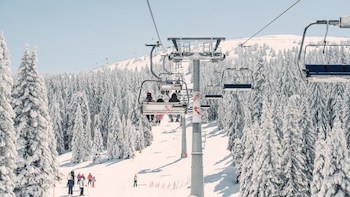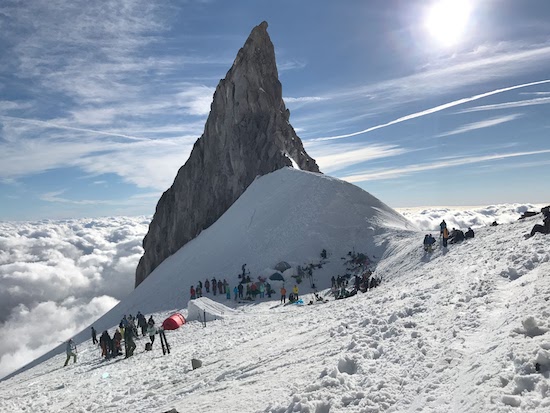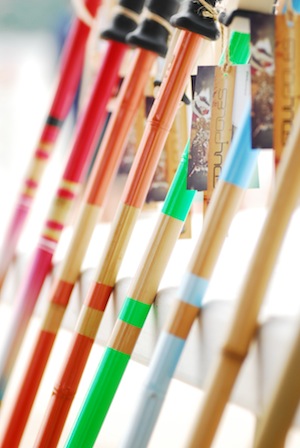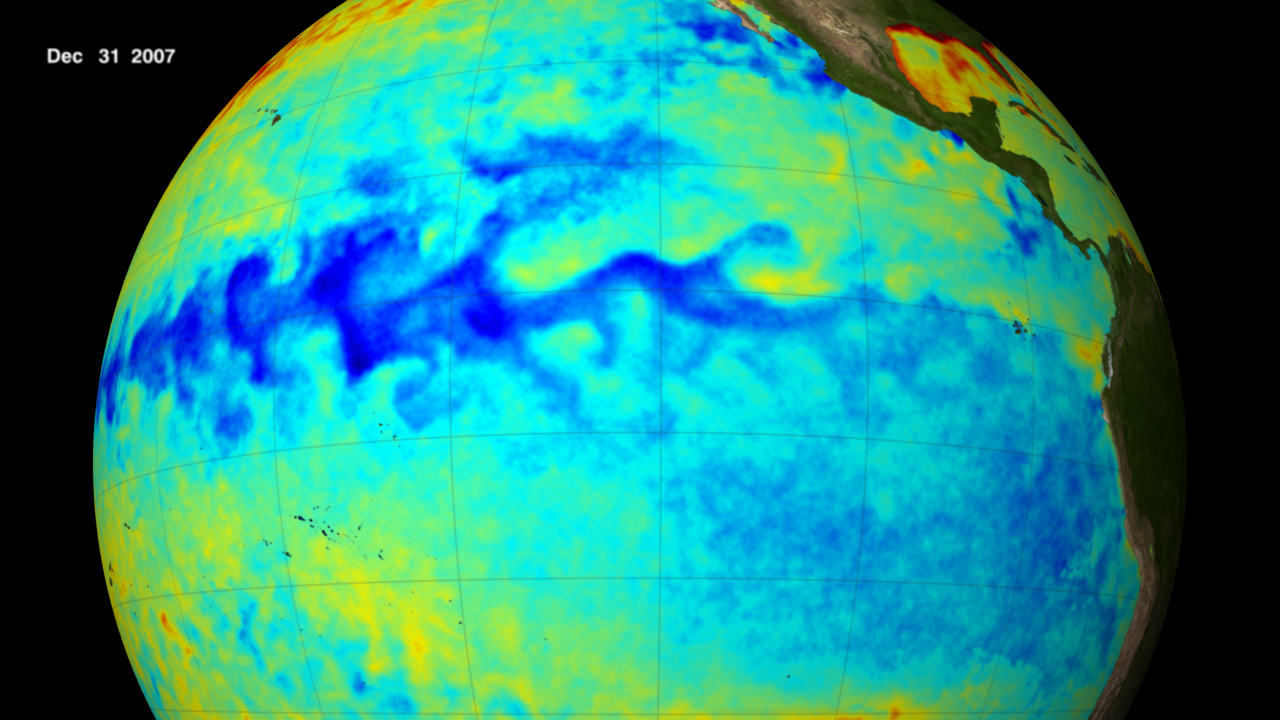(Photo credit: Time Magazine)
I’m sure you’ve noticed: the days have gotten a lot longer lately. I generally wake up between 5 and 5:30, and it’s pretty much light by then. Sunset at my home in Vermont is around 8:30 or so.
That’s a long day.
The Summer Solstice was this past Saturday — 5:43 PM Eastern Daylight Time on June 20, to be exact. That’s when the sun reached its northernmost point in the sky, marking the beginning of summer in the northern hemisphere and the beginning of winter in the southern.
Today, we know that the Solstice is an astronomical event caused by Earth’s tilt on its axis and its motion in orbit around the sun. However, the Earth isn’t at its closest point to the sun right now. According to EarthSky, the Earth was 3 million miles closer in January than it will be at its farthest point on July 4 (91,398,199 miles versus 94,507,635 miles).
In ancient times, the Solstice was thought to be a time of magical or spiritual significance. The Celts and Slavs celebrated with dancing and bonfires to help increase the sun’s energy. The Chinese honored Li, the Chinese Goddess of Light. And ancient Pagans celebrated with bonfires where couples leapt through the flames for good luck (the belief was the higher you jumped, the higher your summer crops would grow.)
Some archaeological structures are thought to be aligned to reflect observations of the Solstice. From the view of the Sphinx, the Solstice sun sets squarely between the Great Pyramids of Khufu and Khafre on Egypt’s Giza plateau. And archeologists have long debated the purpose and use of Stonehenge. The site is aligned with the direction of the sunrise on the Solstice. In most years, revelers still gather at Stonehenge to celebrate the longest day of the year. This year, however, Solstice celebrations are canceled there due to Covid-19.
But the Solstice isn’t only significant to ancient cultures. For skiers, too, it has meaning. It’s pretty obvious: from here on out, the days begin to get shorter. Which means we’re on our way to next ski season.
 I like to think of it this way: Picture a really long chairlift on a very snowy mountain. It’s around December 21, or Winter Solstice. You get on, and it slowly starts heading up the mountain. Along the way you pass a number of trail signs: President’s Day, Easter, Memorial Day, Last Day of School. After a long time, you reach the top and get off. The sun is high in the sky, everything is flooded in bright light. It’s the Summer Solstice. You’re only there for a few brief minutes. Then you point your skis down the mountain and push off. The ride down takes a while, and the days begin to shorten. When you reach the bottom, it’s Winter Solstice again.
I like to think of it this way: Picture a really long chairlift on a very snowy mountain. It’s around December 21, or Winter Solstice. You get on, and it slowly starts heading up the mountain. Along the way you pass a number of trail signs: President’s Day, Easter, Memorial Day, Last Day of School. After a long time, you reach the top and get off. The sun is high in the sky, everything is flooded in bright light. It’s the Summer Solstice. You’re only there for a few brief minutes. Then you point your skis down the mountain and push off. The ride down takes a while, and the days begin to shorten. When you reach the bottom, it’s Winter Solstice again.
Here are some interesting facts about the Summer Solstice:
• A Solstice happens at the same instant for all of us, everywhere on Earth.
• The word Solstice derives from Latin, meaning ‘sun stands still’. This word was chosen because when the solstice occurs the sun appears to stand still.
• Due to seasonal lag, the hottest weather of the summer doesn’t generally fall on the Solstice. Earth just takes a while to warm up after a long winter. Even in June, ice and snow still blanket the ground in some places. The sun has to melt the ice — and warm the oceans — and then we feel the most sweltering summer heat.
• The Earth is actually at its farthest from the sun during the Solstice. The warmth of summer comes exclusively from the tilt of the Earth’s axis, and not from how close it is to the sun at any given time.
• Some people confuse the Solstice with an equinox; however an equinox occurs when day of night are of equal length and the sun is directly above the equator, which occurs twice each year and marks the beginning of spring and fall.
• Because of the differences between the astronomical year, which is only 265.25 days long, and the human calendar year, which is 365 days long, the exact date of the Summer Solstice dates can change each year.
The Solstice and Skiing
I’ve never skied on the Summer Solstice, though I think it’d be an absolute blast. And even though the coronavirus pandemic has cut down on the number of ski areas that’d ordinarily be open this time of year, you can still ski at a couple places in North America — with restrictions, of course. Beartooth Basin in Montana/Wyoming is open, as is Timberline in Oregon.

Solstice party in a previous year at Illumination Rock, Mt. Hood. Photo from TGR.
Have you ever skied on the Solstice? If so, post here. I’d love to hear about it.



